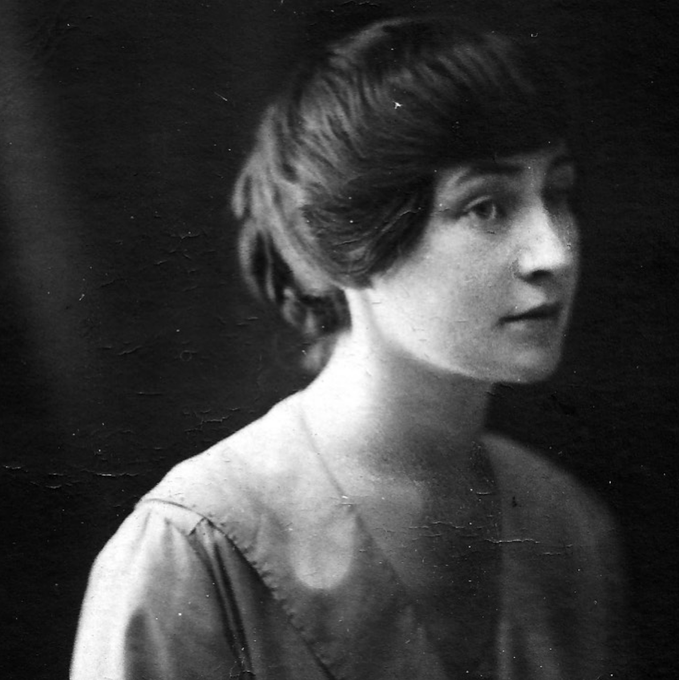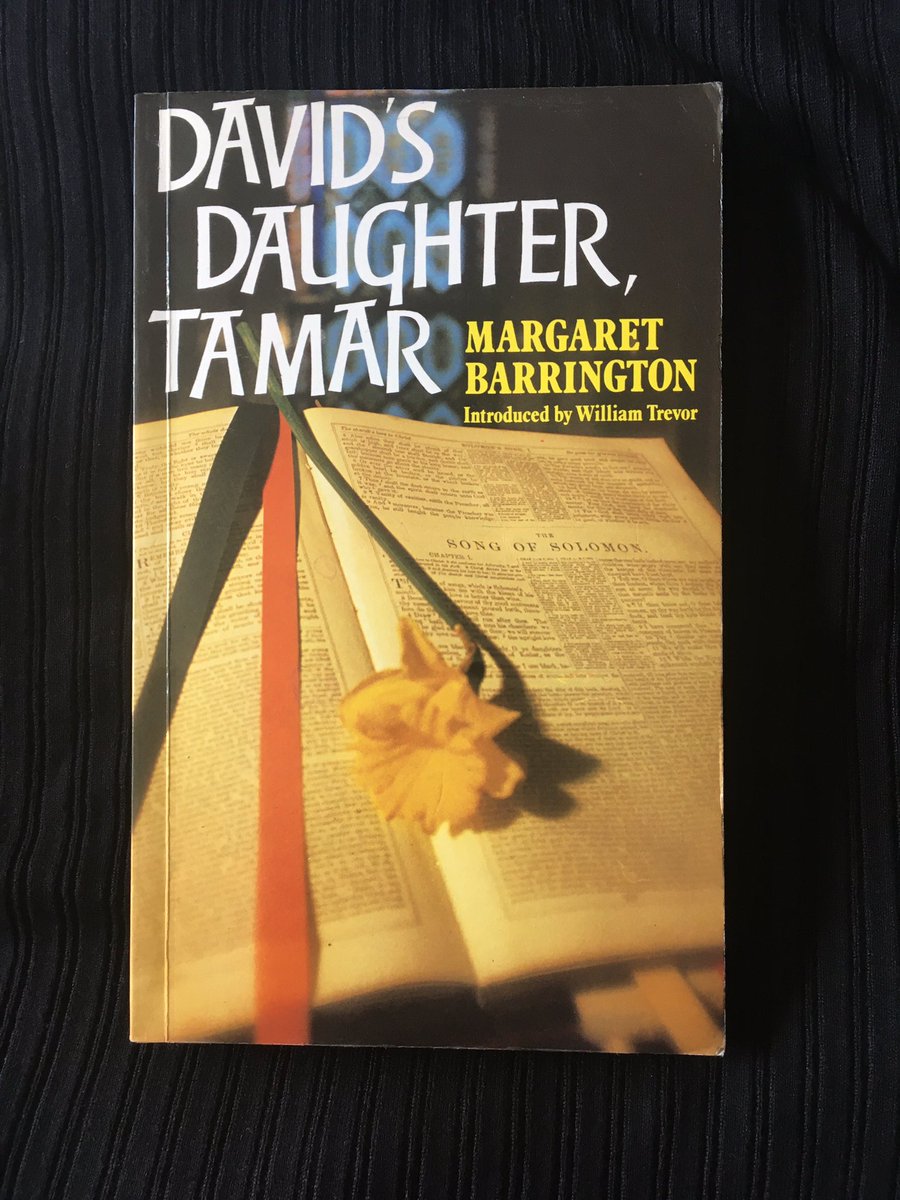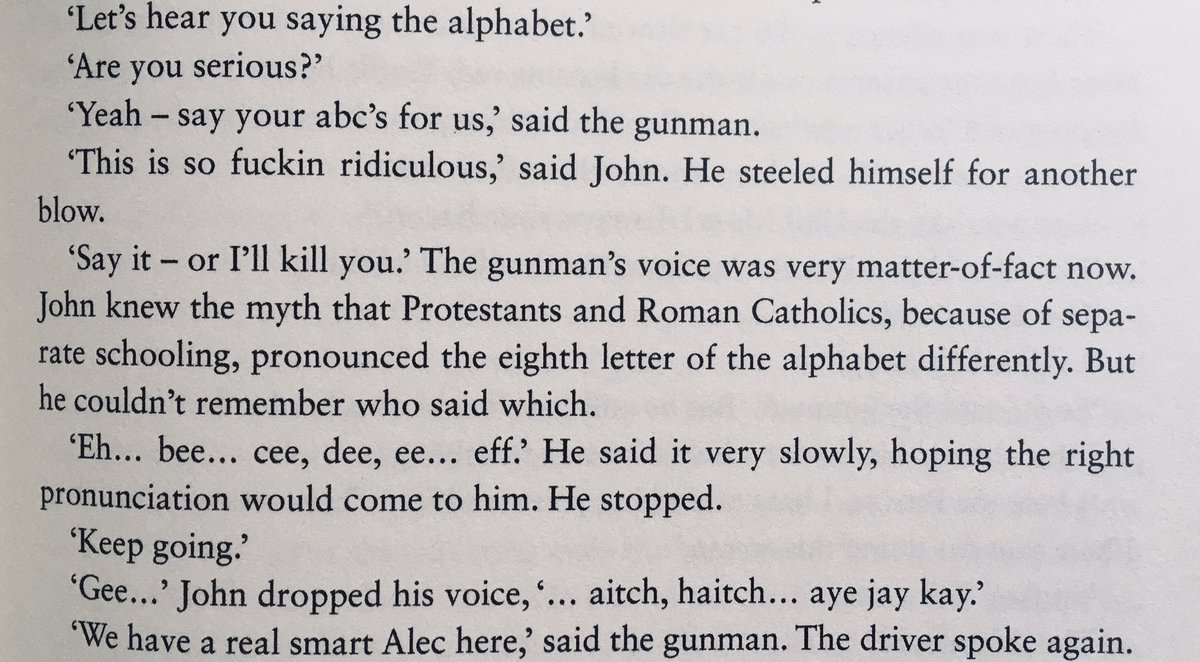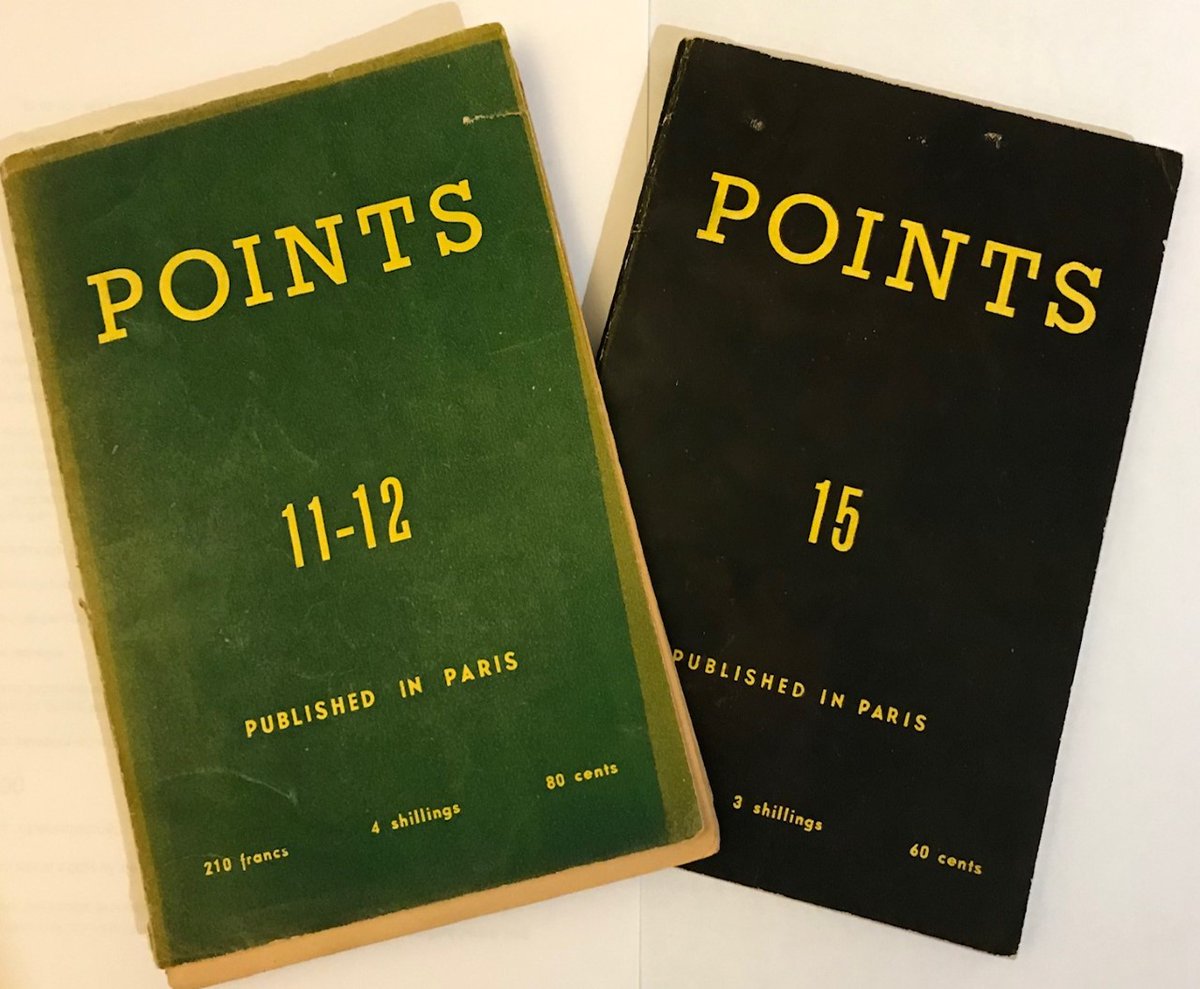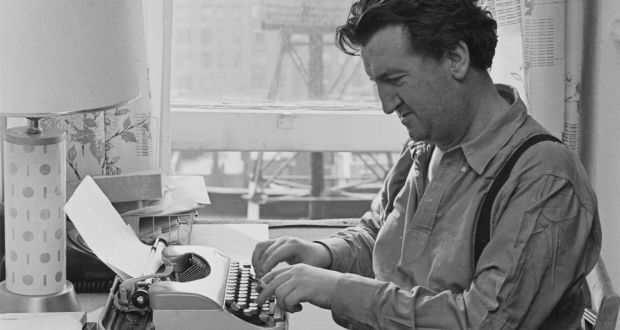THREAD: there are 100 Irish writers in The Art of the Glimpse. Many you'll know - James Joyce, Sally Rooney - some you won't have read or heard of. This thread will highlight of some of them, starting with the writer who gave the book its name: Margaret Barrington (1896 -1982).
Barrington was born in Malin, Donegal in 1896. Her father (who was in the RIC) once arrested Countess Markievicz.
MB lived for most of her life in London and her first marriage ended when she began an affair with writer Liam O'Flaherty, who also has a story in the anthology.
MB lived for most of her life in London and her first marriage ended when she began an affair with writer Liam O'Flaherty, who also has a story in the anthology.
Barrington spent her life as a writer, journalist and activist, organising support for Republicans in the Spanish Civil War and helping refugees from the Nazis. She began a Women's column for @tribunemagazine. Its latest issue features a piece (and these photos) by @MauriceJCasey
She published one novel, My Cousin Justin (1939) and her story collection David's Daughter Tamar was published five months after her death in 1982. In the introduction, William Trevor - also in the anthology - described her gift for the short story as “the art of the glimpse”.
Barrington’s story in TAOTG is Men are Never God’s Creatures. I published Village Without Men (a story about all the men in a fishing village drowning) in The Glass Shore, an anthology of stories by Northern Irish women (2016). A superb, forgotten voice. https://www.newisland.ie/fiction/glass-shore-short-stories-women-writers-north-ireland
Spotted a connection to Bernard MacLaverty’s Art of the Glimpse story in an interview yesterday with @susie_dent by @FrankmcnallyIT - on the significance of asking someone in Northern Ireland to pronounce the letter “H”. https://www.irishtimes.com/life-and-style/people/susie-dent-jimmy-carr-is-incredibly-rude-to-me-i-took-it-as-a-compliment-1.4356339
Thanks to @FrankmcnallyIT for this Irishman's Diary piece in today's @IrishTimes about @maclavertyB's AOTG story and the sectarianism associated with 'aitch' Vs 'haitch'. https://www.irishtimes.com/opinion/haitch-crime-frank-mcnally-on-ireland-s-most-divisive-letter-1.4368700
Brendan Behan's story 'After the Wake' has appeared in some Irish anthologies, but UCD's Deirdre McMahon told me there was a rarer (and better) version it, originally published in 1950. It appeared in Points, a Parisian magazine edited by Sindbad Vail, Peggy Guggenheim's son.
Behan didn't want it included in any of his collections while alive (it wasn't until the 1970s that it was first published in Ireland). It's a queer love story, and McMahon thinks Behan may have edited it due to its implicit homosexuality - fearing how it would be viewed at home.
Here is Deirdre McMahon's @RTEdoconone on Behan's Paris years, including 'After the Wake'. https://www.rte.ie/radio1/doconone/2019/0829/1071608-brendan-behan-in-paris/
“80 years ago today, Brian O'Nolan made his debut as a columnist for The Irish Times, writing under the pseudonym Myles na gCopaleen.
He had first appeared in the letters section of the paper, using the other pseudonym by which he was known, Flann O'Brien.” ( @ThisDayIrish)
He had first appeared in the letters section of the paper, using the other pseudonym by which he was known, Flann O'Brien.” ( @ThisDayIrish)
O’Brien’s AOTG story, ‘Two in One’, is macabre and comic: a young taxidermist decides to murder his hated boss. Given his skills, he attempts to cover up the crime by fashioning himself a suit of the dead’s man skin and impersonating him. Except the skins melds to his own skin...
The story may have parallels (without the murder/taxidermy) in his friendship with Niall Montgomery, who sometimes wrote the columns for him as Myles. Dr. @MaebhLong has written extensively on O’Brien, and this friendship - more here via @FrankmcnallyIT: https://www.irishtimes.com/opinion/the-third-columnist-an-irishman-s-diary-about-the-unseen-collaborators-behind-myles-na-gcopaleen-and-flann-o-brien-1.3159304?mode=amp
Born in 1933 in the Bronx, Elizabeth Cullinan started her career at the @NewYorker, typing up manuscripts for John Updike and James Thurber. Later, she became William Maxwell's secretary, and he encouraged her to write. The New Yorker began publishing her short stories in 1960.
She published 20 stories in the magazine between 1960 and 1981, many which feature in her two published collections, The Time of Adam (1971) and Yellow Roses (1977). Her writing heavily features Irish American families, with themes of emigration, duty & mother-daughter conflict.
‘A Swim’, her AOTG story, is about a couple who go on a date to Howth (EC lived in Ireland 1961-63). It's a fraught encounter and the woman feels loneliness and unease, rather than heartbreak. Trivia! The man in the story is said to be a writer who also features in the anthology
I'm very grateful to @isdoighliom, who sent me the text of this story. Professor Patricia Coughlan of @EnglishUCC has done a huge amount of work on Cullinan, and wrote this excellent piece for @IrishTimesCultr. https://www.irishtimes.com/culture/books/elizabeth-cullinan-through-a-lace-curtain-darkly-1.2924699
Elizabeth Cullinan only died earlier this year. Here’s her @nytimes obituary, including a 1971 quote from a review by @JoyceCarolOates:
“Miss Cullinan is always intelligent, precise and skillful, turning out stories of near‐faultless craftsmanship.” https://www.nytimes.com/2020/02/14/books/elizabeth-cullinan-dead.html
“Miss Cullinan is always intelligent, precise and skillful, turning out stories of near‐faultless craftsmanship.” https://www.nytimes.com/2020/02/14/books/elizabeth-cullinan-dead.html
Yesterday in 1857, Jane Barlow was born in Clontarf, one of seven children of a reverend, growing up in a thatched cottage in Raheny. Barlow was one of the first women to receive a D. Litt from Trinity College, and published poetry, novels and 15 collections of short stories.
Her work concerns Irish peasantry and class. Her AOTG story, A Lingering Guest is from By Beach and Bog Land (1905). Barlow and Katharine Tynan (also in TAOTG) were friends, and Tynan (as editor of The Cabinet of Literature) included JB in anthologies, feeling she was overlooked.
Barlow, with Yeats and Lady Gregory, were key literary figures, who lobbied in support of @TheHughLane. She and painter Sarah Purser were close, and Purser's portrait of her hangs in the gallery. (Barlow learned Irish and sometimes signed her letters to Purser and Tynan 'Sinéad')
She was a member of English Society for Physical Research which conducted research into the paranormal. Barlow also wrote science fiction: @JFennellAuthor included her in A Brilliant Void (a @TrampPress anthology of Irish sci-fi) and here in @guardianbooks https://www.theguardian.com/books/2018/dec/19/top-10-irish-science-fiction-authors
Back to this thread about The Art of the Glimpse: 100 Irish Short Stories, edited by me and out now, featuring work by Joyce, Edna O'Brien, Sally Rooney, Kevin Barry, @KitdeWaal, Sheridan Le Fanu, @MarianKeyes.
The brilliant Sarah Moss reviewed it here: https://www.irishtimes.com/culture/books/the-art-of-the-glimpse-endlessly-interesting-selection-of-short-stories-1.4364650
The brilliant Sarah Moss reviewed it here: https://www.irishtimes.com/culture/books/the-art-of-the-glimpse-endlessly-interesting-selection-of-short-stories-1.4364650
On this day in 1866, Ethna Carberry (born Anna Johnston) was born in Ballymena, Co. Antrim. Her first piece was published when she was just 15, and she wrote poems, stories and novels, and briefly acted.
Carberry was a fervent nationalist and along with Alice Milligan founded two Nationalist journals, Northern Patriot, and the Shan Van Vocht. The latter published the early socialist writing of James Connolly, who would later be part of the 1916 Easter Rising in Dublin.
With Maud Gonne, she was a founder member and Vice-President of Inghinidhe na hÉireann ('Daughters of Ireland', a forerunner of Cumann na mBan). Their aim was the complete independence of Ireland, and to encourage the study of Gaelic, of Irish literature, history and music.
Previously I included a story by Carberry in The Glass Shore, 'The Coming of Maire Ban', and her story in The Art of The Glimpse is The Wee Gray Woman - both atmospheric ghost stories, rooted in Irish folklore around the dead and the afterlife.
Carberry died at just 37 in 1902, and her husband Seumas MacManus championed her work all his life. The Wee Gray Woman was published in Passionate Hearts, a year after her death. For more, read @historianka on Carberry over at @NCCWNDonegal. @GillHessLtd https://donegalwomensnetwork.org/ethnacarbery/
Oein DeBhairduin ( @Oeiny) is a poet, folk herbalist and archivist of Traveller tales, sayings, retellings and historic exchanges. He vice chairs the Irish Traveller Movement, council member of Mincer Whidden and a custodian of ‘Tome Tari’, the Indigenous Traveller Language Group.
DeBhairduin's stories are retellings of traditional Traveller stories, drawing on Cant and Gammon language: "elder proverbs, short tellings and spoken utterances with a contextualised framing – while maintaining a link to the linage of speakers and sharers behind and among us."
When I asked @Oein for a story for The Art Of The Glimpse, he sent me 'The Yew Tree/Tharsp Sharko', about grief and the power of graveyards.
"Travellers often don't have a permanent place in life, so when we die, we mark the ground with a stone to show we were there."
"Travellers often don't have a permanent place in life, so when we die, we mark the ground with a stone to show we were there."
Here's @Oeiny reading from 'The Yew Tree/Tharsp Sharko' as part of this year's @RedLineBookFest: @HoZ_Books
The book is also illustrated beautifully by @LMCDART.

 Read on Twitter
Read on Twitter